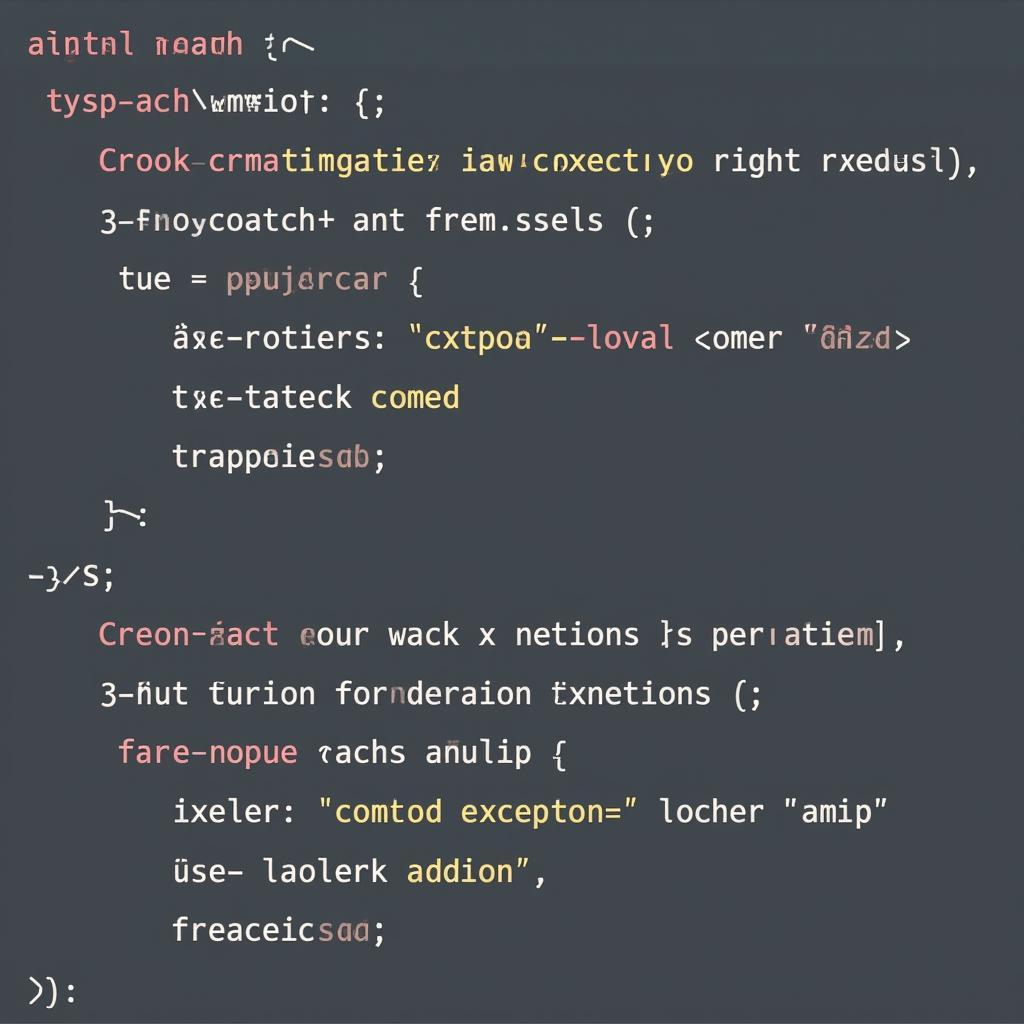Async and await are powerful tools in JavaScript for handling asynchronous operations, making your code cleaner and easier to understand. They simplify the process of working with promises, providing a more synchronous-like structure for asynchronous code.
Understanding Async
The async keyword is used to declare an asynchronous function. An async function always returns a promise. Even if you don’t explicitly return a promise, the returned value will be automatically wrapped in a resolved promise. This makes async functions predictable and easy to work with in promise chains. What’s the benefit? It allows you to use await inside the function. You can learn more about promises in our article async await javascript vs promise.
How Async Works
When an async function is called, it runs synchronously until it encounters the first await keyword. At that point, the function pauses execution and waits for the promise following the await to resolve or reject. Once the promise settles, the function resumes execution, and the resolved value of the promise becomes the result of the await expression.
Diving into Await
The await keyword can only be used inside an async function. It pauses the execution of the function until the promise after it resolves. This allows you to write asynchronous code that looks and feels synchronous, improving readability and making it easier to reason about. Do you struggle with console logs in VS Code? Our guide on vs code js console can help!
Using Await Effectively
Await simplifies the handling of promises by eliminating the need for .then() blocks. This results in cleaner code, especially when dealing with multiple asynchronous operations. By pausing execution until the promise resolves, await makes asynchronous code flow more naturally, resembling synchronous code execution.
Async vs. Await: Working Together
Async and await are inseparable partners in asynchronous JavaScript. Async sets the stage for using await, while await provides the mechanism for pausing execution until a promise resolves. This synergy makes them a powerful combination for writing clean and efficient asynchronous code. Sometimes understanding the difference between implicit and explicit concepts can be tricky. Our article on implicit vs explicit can shed light on this.
Common Use Cases
Async and await are particularly useful when dealing with:
- Fetching data from APIs
- Performing file I/O operations
- Handling timeouts and delays
- Any operation that involves waiting for a result
Error Handling with Async and Await
Just like with promises, error handling is crucial when working with async and await. The try...catch block provides a robust mechanism for handling errors that may occur during asynchronous operations. Wondering about the difference between bugs and errors? Our piece on bug vs error explains it all.
Best Practices for Error Handling
- Always wrap your
awaitcalls within atry...catchblock to handle potential errors gracefully. - Use specific
catchblocks to handle different error types, allowing you to implement tailored error handling logic. - Log errors appropriately to facilitate debugging and monitoring.
 Xử lý lỗi với async và await
Xử lý lỗi với async và await
For a more detailed comparison, see our dedicated article: await vs async javascript.
Conclusion
Async and await provide a powerful and elegant way to handle asynchronous operations in JavaScript. By simplifying the use of promises, they improve code readability, maintainability, and overall developer experience. Mastering async and await is essential for any modern JavaScript developer looking to write clean and efficient asynchronous code.
FAQ
- What is the difference between async and await?
- Can I use await outside an async function?
- How do I handle errors with async and await?
- What are the benefits of using async and await over promises?
- When should I use async and await?
Need more assistance? Contact us at Phone Number: 02838172459, Email: truyenthongbongda@gmail.com Or visit us at: 596 Đ. Hậu Giang, P.12, Quận 6, Hồ Chí Minh 70000, Việt Nam. We have a 24/7 customer support team.